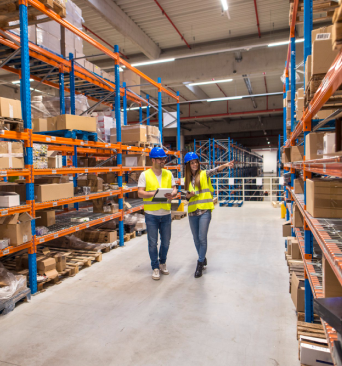Advisors of choice for International Growth and Expansion
Trusted by 100+ leading brands, the success
of your brand could be next!
Tailored Solutions for Global Growth
We help businesses develop effective sales strategies, build distribution networks, manage logistics and aftersales functions for global expansion.
- Develop agents & distributors
- Set up & manage sales teams
- Customer & competitor analysis
- Aftersales & product management
- Warehousing & logistics planning
We support clients in establishing efficient, localized and high-quality manufacturing operations suited to international standards.
- Site selection & facility setup
- Recruiting & training staff
- Localization & compliance
- Quality management systems
- Process integration & optimization
Our sourcing services ensure clients partner with reliable suppliers while maintaining quality, speed and cost-efficiency.
- Supplier identification & qualification
- Auditing & vetting
- Expediting & vendor coordination
- Quality assurance systems
- Pricing & cost control



Industry Expertise that Spans Borders and Sectors


.png)
Need Help? Start Here...
Get Started with a Free Call
+49 172 2154944GBP International partners with global enterprises, medium-sized companies, government institutions and high-growth startups. Our clients seek expert consulting in international business strategy, market entry and cross-border expansion.
We specialize in Europe and Asia, with strong expertise in German-speaking countries, Southeast Asia and emerging markets. Our consultants provide region-specific business intelligence and expansion strategies.
With over 30 years of experience and more than 500 successful projects, GBP International delivers tailored, execution-focused solutions across more than 20 industries. Our global network and industry depth help businesses succeed in complex markets.
We work with both. GBP International supports early-stage ventures and startups, especially those looking to scale internationally. As a partner of the German START 2 Group incubator, we provide strategic and operational guidance throughout the growth journey.
Getting started is simple. Contact us through our website to schedule a discovery call. Our team will understand your goals and recommend the best strategic approach for your business.


Insights That Drive Strategy
The forgotten business – Agriculture!
Driving sustainable agricultural growth in China and India by balancing technological innovation with reliable feedstock access and local farmer needs.
Read MoreCase study TOPWERK
Empowering Topwerk’s successful expansion into Asia through strategic market research, competitive analysis and localized entry strategies by GBP International.
Read MoreExclusive Interview with Tun Dr Mahathir Mohamad
Explore an exclusive video interview with Tun Dr Mahathir Mohamad on GBP International’s platform, where the former Malaysian Prime Minister ...
Read MoreTake the First Step towards Confident Global Decisions





























































